Every Warbird has stories to tell. The National Air and Space Museum (NASM) in Chantilly, Virginia has many aircraft with enormous history. From the Boeing B-29 Superfortress “Enola Gay” which was made famous for dropping the first ever atomic bomb, to the Lockheed SR-71 Blackbird the top secret stealth strategic reconnaissance aircraft developed in the 1960’s, every turn at the NASM opens a door to the past. One such aircraft in the collection, the Curtiss Helldiver, is no exception. It is one of the newest restorations completed at NASM, and the first aircraft to be restored at the world-class Mary Baker Engen Restoration Hangar.The Curtiss Helldiver’s story begins in 1939 when it was ordered by the U.S. Navy, to replace the Vought SB2U Vindicator. The Helldiver’s first flight took place on December 18, 1940, and the prototype was lost eight days later due to stability issues. The first production Helldivers rolled of the new Curtiss aircraft plant in Columbus, Ohio in June of 1942. Although the Helldiver was in production, it encountered many issues during carrier trials in the beginning of 1943, most of which ended in crashes. This earned the Helldiver respectable nicknames such as the “Big Tailed Bastard” and “the Ensign Killer”. In spite of its rough beginnings, the Helldiver played major roles in the Battle of the Philippines and the Battle of Leyte Gulf.
At the Battle of Leyte Gulf, the Helldiver which NASM’s recreates the one flown by Lt. Donald D. Engen. Lt. Engen sank the Japanese carrier the Zuikaku during the battle. Engen would later go on to be awarded the Navy Cross for his role in the sinking of the Japanese Battleship Hyuga, during which he was forced to fly under the bow of the ship after dropping his ordinance on it. Engen also played a role in the sinking of the Japanese heavy cruiser Nachi. Donald Engen retired from the U.S. Navy as a vice admiral and became an FAA executive, before becoming the Director of the National Air and Space Museum. Shortly thereafter he was tragically killed in a glider accident in the summer of 1999.

Curtiss Cadettes, Betty Maskett and Jackie Davis standing in front of the National Air and Space Museum’s freshly restored Curtiss SB2C-5 Helldiver which they helped build during WWII.
After a complete restoration, the National Air and Space Museum’s Helldiver rolled out of the Mary Baker Engen Restoration Hangar painted in Donald Engen’s Helldiver’s paint scheme in spring of 2014, 15 years after his death. In attendance at the unveiling ceremony were two Curtiss Cadettees. The two women, Betty Maskett and Jackie Davis, worked for Curtiss Aircraft. Betty Maskett’s job was empenage manufacturing and Jackie Davis was in charge of quality control during WWII, while the men were off at war. In fact, Betty and Jackie helped to build the museum’s Helldiver 70 years before at the Curtiss Factory. A moment of history captured in the making!
Historical Side Note:

Original U.S. Navy Helldiver in VB-92 to carry ‘208’ markings, shortly before in crashed into the Pacific Ocean after overshooting the arresting wire on the carrier deck or a wire break on landing
This Curtiss Helldiver is the original Helldiver in VB-92 to carry the markings of ‘208’. It is assumed that the pilot overshot the arresting wire on the deck, or it broke on landing. The National Air and Space Museum’s Helldiver was the replacement aircraft for the one above. This fact was confirmed by Scott Wiley one of the restoration experts at the museum that helped to restore this Helldiver.

National Air and Space Museum, Curtiss Helldiver. Restoration full speed ahead, March 12, 2014 -The Reilly Collection
Historical Credit:
-National Air and Space Museum
-The Nation’s Hangar- Aircraft Treasures of the Smithsonian (Pages 124-125)
-Scott Wiley- Docent and Restoration Expert at the National Air and Space Musuem
Photo Credit:
-National Air and Space Museum
-John Bretschneider (Navy Times)
-U.S. Navy
-The Reilly Collection
*This article was originally posted on The Warbird Watcher on May 17, 2015




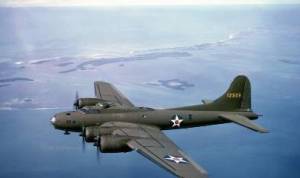

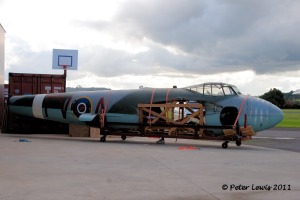

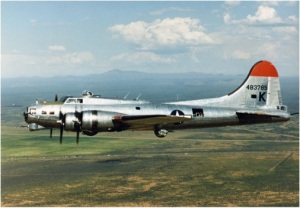
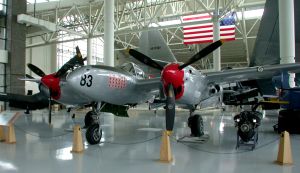
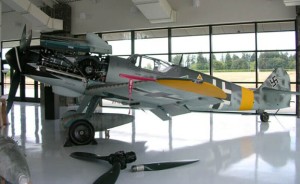
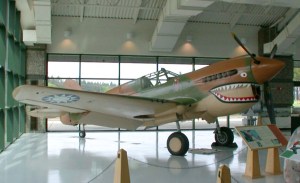


Recent Comments